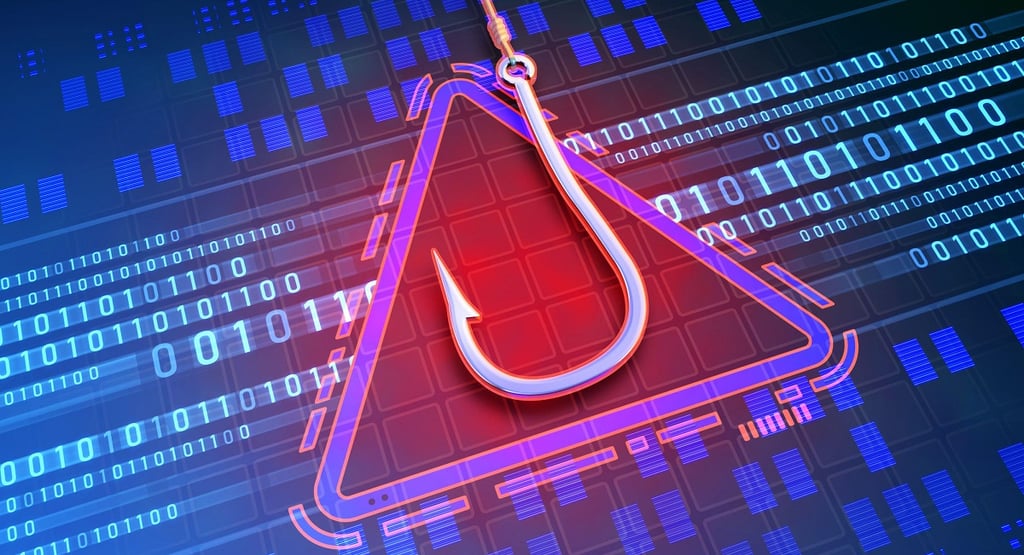
Report: Over 1.76 billion phishing emails were sent in 2023
RESEARCH AND DEVELOPMENTCYBERSECURITY


According to a recent report, the year 2023 saw a staggering number of phishing emails being sent, with over 1.76 billion instances recorded. Phishing, a form of cybercrime, involves the fraudulent attempt to obtain sensitive information such as passwords, credit card details, or personal identification by posing as a trustworthy entity in electronic communication.
This alarming statistic highlights the growing threat of phishing attacks and the need for individuals and organizations to remain vigilant in protecting themselves against such scams. Phishing attacks have become increasingly sophisticated, making it crucial for users to be aware of the signs and take necessary precautions to safeguard their personal and financial information.
One of the most common methods used in phishing attacks is email spoofing, where cybercriminals create emails that appear to be from a legitimate source, such as a bank, social media platform, or online retailer. These emails often contain links to fake websites that mimic the appearance of the genuine site, tricking users into entering their login credentials or other sensitive information.
Another technique employed by phishers is the use of social engineering tactics to manipulate individuals into disclosing confidential information. This can include impersonating a trusted colleague or friend, creating a sense of urgency, or exploiting current events or trends to gain the target's trust.
Phishing attacks can have severe consequences, both for individuals and businesses. Stolen personal information can be used for identity theft, financial fraud, or even blackmail. For organizations, falling victim to a phishing attack can result in data breaches, financial losses, damage to reputation, and legal repercussions.
To protect against phishing attacks, it is essential to follow best practices for online security. This includes:
Being cautious of unsolicited emails and not clicking on suspicious links or downloading attachments from unknown sources.
Verifying the legitimacy of emails by checking the sender's email address, looking for spelling or grammatical errors, and contacting the organization directly if in doubt.
Using strong, unique passwords for each online account and enabling two-factor authentication whenever possible.
Keeping software and operating systems up to date to ensure the latest security patches are installed.
Regularly backing up important data to prevent loss in the event of a successful phishing attack.
Additionally, organizations should invest in employee training and awareness programs to educate staff about the risks of phishing and how to identify and report suspicious emails. Implementing robust email filtering and security measures can also help detect and block phishing attempts before they reach users' inboxes.
As the number of phishing attacks continues to rise, it is crucial for individuals and organizations to stay informed and take proactive steps to protect themselves against this pervasive threat. By remaining vigilant and following best practices for online security, we can help mitigate the risks and keep our personal and sensitive information safe.


